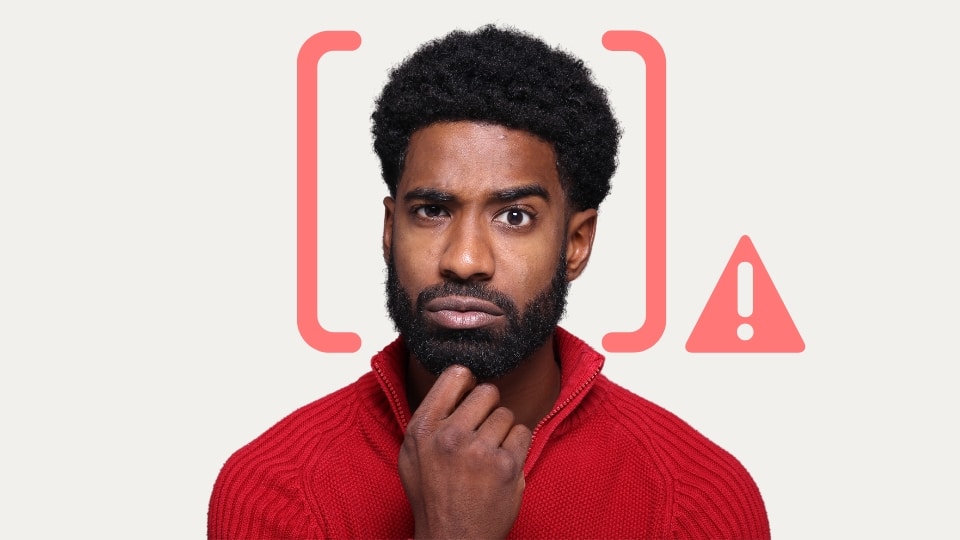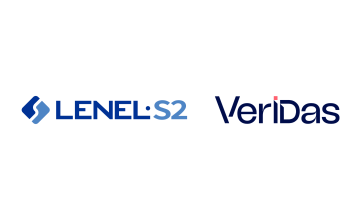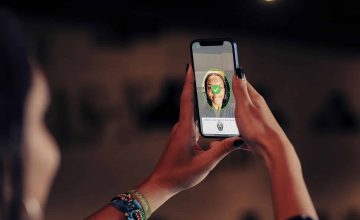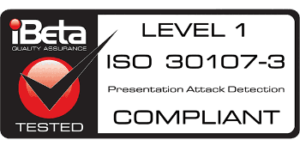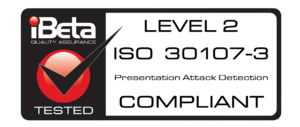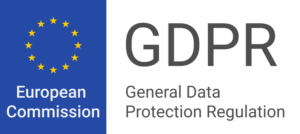What is deepfake and how does it work?
In today’s swiftly evolving digital landscape, deepfakes pose a formidable challenge. This article aims to offer a comprehensive understanding of deepfakes, ranging from their definition to the evolving technology behind them, their impact on various sectors, and strategies to fight against this rising threat.
A deepfake is a sophisticated form of synthetic media that employs artificial intelligence (AI) and machine learning techniques to create hyper-realistic but fabricated content, including images, videos, or audio recordings.
By utilizing deep learning algorithms, particularly Generative Adversarial Networks (GANs), deepfakes can convincingly mimic the appearance, voice, and mannerisms of real individuals, making it challenging to distinguish between authentic and manipulated media.
The term “deepfake” itself is a portmanteau of “deep learning” and “fake,” reflecting its roots in AI technology. While deepfake technology has legitimate applications in entertainment and education, it also poses significant ethical and security concerns.
Malicious uses include the creation of non-consensual explicit content, political misinformation, and sophisticated fraud schemes.
The rapid advancement of deepfake technology underscores the need for effective detection methods and legal frameworks to mitigate potential harms and preserve the integrity of digital information.
Understanding Deepfakes: Definition and Overview
The term “deepfake” signifies the amalgamation of artificial intelligence with manipulated media, creating convincing fabrications in images, videos, or audio recordings. Utilizing advanced machine learning (ML), deepfakes meticulously emulate real individuals, pushing the limits of our ability to distinguish between authentic and manipulated digital content.
The Emergence and Evolution of Deepfake Technology
The evolution of deepfake technology is a captivating journey rooted in the convergence of artificial intelligence (AI), especially deep learning, with extensive datasets. As machine learning advances and computing power increases, deepfakes have evolved from simple face-swapping to intricate voice mimicry, challenging the authenticity of digital content.
Are deepfakes illegal?
The legality of deepfakes can vary depending on several factors, including the jurisdiction and the specific use of the technology. In many places, creating and sharing deepfake content without the consent of the individuals involved can raise legal and ethical concerns.
Here are some common legal issues associated with deepfakes:
- Copyright Infringement: If the source material used to create a deepfake is copyrighted, using it without permission could constitute copyright infringement.
- Defamation and Libel: Deepfake videos that depict individuals engaging in false or defamatory behavior could lead to legal action for defamation or libel.
- Privacy Violations: Creating and sharing deepfake content without the consent of the individuals depicted may violate their privacy rights, especially if the content is of a sensitive or intimate nature.
- Fraud and Misrepresentation: Deepfakes used to impersonate individuals for fraudulent purposes, such as financial scams or identity theft, can lead to criminal charges.
- Non-consensual Pornography: Creating and disseminating deepfake pornography without the consent of the individuals depicted is illegal in many jurisdictions and may result in charges of revenge porn or similar offenses.
However, it’s important to note that the legality of deepfakes is still a developing area of law, and legislation and legal precedents may vary across different regions. As the technology evolves, lawmakers and legal experts are grappling with how to address the challenges posed by deepfake technology effectively.
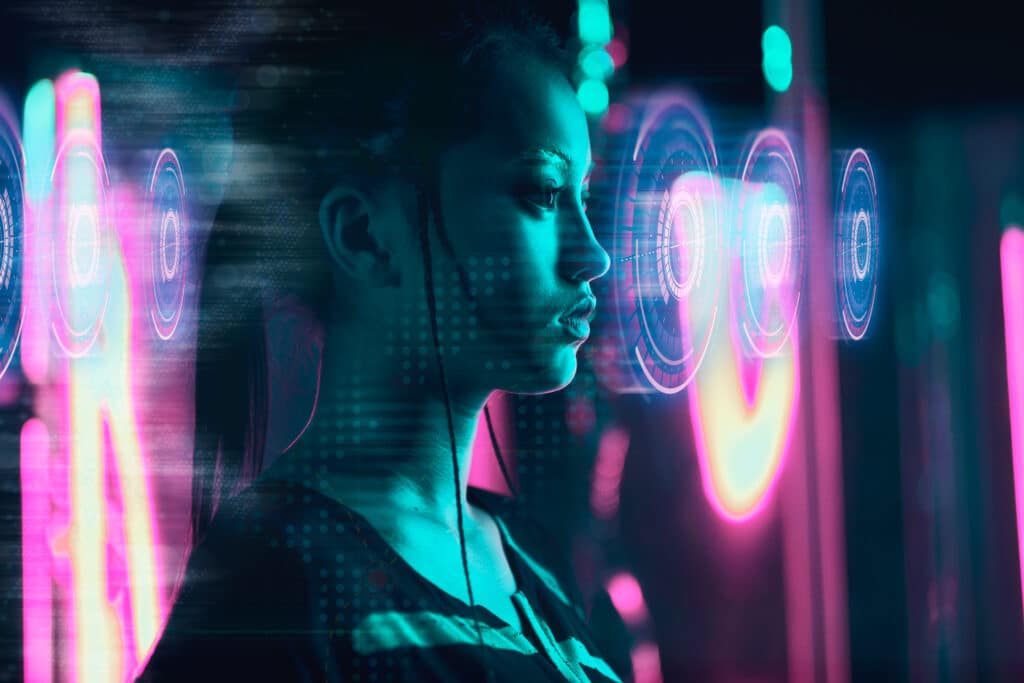
Deepfake meaning
The term “deepfake” combines “deep learning” and “fake” and refers to the highly sophisticated artificial intelligence (AI) technology that involves deep learning algorithms. In creating deepfakes, these data often comprise extensive collections of images, audio, and video recordings.
This technology enables the generation of convincing fake videos and audio recordings that appear to be real.
Deepfakes are frequently used in various sectors but have gained particular attention in media, entertainment, and cybersecurity.
For instance, in banking and finance, deepfake technology could utilize voice and video recordings of customers to create fraudulent communications that are nearly indistinguishable from genuine interactions.
This poses significant challenges for security measures, making the detection of such fakes crucial for protecting personal and financial information.
This emerging technology, while showcasing impressive advancements in AI, raises ethical and legal concerns. It underscores the need for advanced detection techniques and regulations to prevent misuse in spreading misinformation, manipulating stock markets, or committing identity theft.
What is deepfake technology?
Deepfake technology refers to a sophisticated form of artificial intelligence (AI) that utilizes machine learning and deep learning algorithms to create or manipulate audio and video recordings.
The technology learns from a vast dataset, which typically includes countless examples of human speech, facial features, and behaviors.
This allows the AI to simulate human-like characteristics with high accuracy in the generated outputs.
Deepfake technology has profound implications across various fields, including entertainment, politics, and security, where it can be used to create everything from novel content to potential misinformation campaigns.
How Do Deepfakes Work?
Deepfakes utilize artificial intelligence (AI) algorithms that learn by consuming a specific set of images and then are capable of generating new versions of these same images.
This process explains why most images associated with deepfakes involve famous individuals due to the vast amount of their images on the internet.
The technology intricately analyzes aspects like facial expressions and movements to create convincing fake content.
Deepfake spoofing and AI risks
Overview of Deepfake Scams: Understanding the Threat
Organizations rely on advanced algorithms for evaluating the authenticity and “liveness” of voices and faces in transactions, but the effectiveness varies. Well-funded hackers exploit these algorithm vulnerabilities using AI and ML to create sophisticated deep voice and facial fakes, deceiving both individuals and systems.
These manipulations breach modern authentication measures, posing a substantial threat, especially in the banking sector. Staying informed about deepfakes is crucial, as perpetrators exploit customer voice and video recordings for convincing fakes, making organizations relying on authenticity algorithms vulnerable to sophisticated manipulations.
Case Studies and Examples of Deepfake Scams
In the banking world, deepfakes have facilitated scams on an alarming scale, reaching up to $35 million (USD). The breadth of attack types continues to expand, with deepfakes being utilized in:
- New Account Fraud: Creating synthetic identities for opening new accounts, leading to activities such as accruing debt and money laundering.
- Synthetic Identities: Utilizing stolen or fake credentials to construct artificial identities, securing loans, and acquiring credit or debit cards.
- Ghost Fraud Deepfakes: Exploiting stolen identities of recently deceased individuals to breach accounts, drain funds, and engage in various fraudulent activities.
- Undead Claims: Deepfakes from family members convincing financial institutions that a deceased person is still alive, leading to the collection of existing benefits.
As with many technological advancements, the irresponsible use of deepfake technologies can have severe consequences. Deepfake scams represent not just a technological challenge but a pervasive danger that demands heightened awareness and robust countermeasures.
“Deepfake Imposter Scams Are Driving a New Wave of Fraud”
The rise of “Deepfake Imposter Scams” marks a new era of fraudulent activities. Advanced deepfake technology is now driving sophisticated scams, where individuals and entities are convincingly impersonated. This emerging trend underscores the urgent need for heightened awareness and proactive measures to combat the evolving threat landscape of fraud.
Deepfake verification: Can AI detect deepfakes?
While Artificial Intelligence (AI) is instrumental in creating deepfakes, it also offers promising solutions for detecting them. As AI technologies evolve, they enhance the realism of deepfakes through advanced machine learning algorithms and become key tools in identifying and countering these manipulations.
These algorithms, trained on vast datasets, learn to recognize the subtle discrepancies and anomalies that differentiate authentic human expressions and voices from their synthetic counterparts.
Deepfake Protection
In a recent study conducted by Sophie Nightingale and her colleague Hany Farid, it was revealed that humans fare worse than mere chance when distinguishing between artificially generated human faces by AI programs and photographs of real individuals. Highlighted by La Vanguardia, Spanish media, and other publications, the study also underscores the potential misuse of these technologies, opening avenues for future scams and blackmail, including scenarios like revenge pornography or fraud.

Images of the faces rated by participants in Nightingale and Farid’s study as most and least trustworthy along with their score on a scale from 1 (very untrustworthy) to 7 (very trustworthy). It is interesting to note how the 4 faces rated as reliable are all of synthetic origin (S) and the 4 least reliable faces are all real (R), and to understand the risks involved.
As we witness a surge in the adoption of biometric methods for remote identity verification, it prompts the question: What role can these innovative solutions play in thwarting fraud facilitated by deepfakes? Can these technologies effectively combat the threats posed by deepfakes? Let’s delve into some key insights.
Types of deepfake fraud
It’s also important to understand the two main types of deepfake or “spoofing” attacks on biometric identity authentication systems: presentation attacks and injection attacks.
Presentation Attacks
Presentation attacks present the biometric system with fake or manipulated biometric data to deceive it into recognising the attacker as an authorised user. This can take various forms, depending on the biometric being targeted, including:
- Face Presentation Attacks use a deepfake video or image to mimic the appearance of a genuine user and present it to a face recognition system.
- Voice Presentation Attacks employ deepfake audio or voice synthesis techniques to imitate the voice of a legitimate user and trick a voice recognition system.
- Fingerprint Presentation Attacks use sophisticated 3D printing or other fabrication methods to create artificial fingerprints for use in fingerprint recognition systems.
Injection Attacks
In an injection attack the attacker injects a deepfake into the biometric system’s database or the system’s training dataset. The goal is to bias or manipulate the performance of the biometric system.
For example an attacker could inject a large number of deepfake images or voice samples into the training dataset of a face or voice recognition system.
The model, if not properly designed or validated, might be trained on this contaminated data leading to compromised performance when facing real-world, unaltered biometric data. In other words, the injection attack tricks the biometric system into altering its understanding of genuine users’ biometrics (face, voice, fingerprints, etc.).
This can lead the system to reject legitimate users’ presentation of biometric factors while enabling attackers to gain illegitimate access leveraging artificial biometrics that fit the altered model.
Deepfake Detection and Prevention
Detecting and countering deepfakes demand a nuanced approach, especially in digital identity verification. A fundamental understanding of the two critical stages—capture and analysis—is paramount.
‘Capture’ involves recording a representation of the physical world through photos or videos, while ‘analysis’ interprets the captured content, determining its authenticity or identifying specific characteristics, such as faces or objects.
In deepfake creation, Nightingale and Farid’s study reveals instances where the analysis layer may yield inappropriate results. Human analysis can mistakenly interpret something as authentic, introducing vulnerabilities.
How to Detect Deepfakes: Tools and Techniques
Identity fraud attacks can be carried out in two different ways.
- Through presentation attacks. These are cases in which the attacker shows false evidence to the capture device’s camera. For example, a photocopy, a screen shot or any other type of impersonation attempt such as those presented above.
- Through injection attacks. These are cases in which the attacker has the possibility of introducing false evidence directly into the system, without having to present the evidence in front of the camera. Usually this is done by manipulating the capture channel or the communication channel.
This section describes the security measures available in the Veridas solution for the detection of injection attacks. They are the following.
- API Security. Veridas has numerous security mechanisms that prevent APIs from being invoked uncontrollably to inject unwanted content. These measures include the use of api-key, IP filter, among others. e
- Virtual camera detection. The Veridas solution is capable of detecting those cases in which the attacker uses a fake camera (e.g. virtual Cam). The use of a virtual camera allows an image of a document or a face to be injected into the system as if they had been captured by the real camera of the capture device.
- Man-in-the-middle attack detection. The solution detects cases where images processed by biometric engines have not been captured by Veridas capture components, or have been captured but modified. These modifications may include digital manipulations, image compression, formatting alteration, cropping, etc.
- Detection of injection attacks using Business Intelligence techniques. Veridas uses dozens of parameters related to the process that allow verifying that the process is complete, executed end-to-end from the same device, and without the use of evidence injected directly into the system.
What are deepfake videos?
Deepfake videos are a type of synthetic media that involve the use of artificial intelligence (AI) and deep learning techniques to manipulate or replace the appearance and actions of individuals in existing videos or images. These manipulated videos can make it appear as though a person is saying or doing something they never actually did.
Deepfake videos have raised significant concerns due to their potential for misuse, including spreading misinformation, creating non-consensual pornography, and impersonating individuals for malicious purposes. As a result, there have been efforts to develop detection techniques to identify deepfake content and mitigate its harmful effects.
What are deepfake audios?
AI-generated or synthetic voices are computer-generated sounds that mimic real human voices. These voices are created using complex algorithms that analyze and replicate human speech characteristics, such as intonation or tone. These voices are produced through various techniques, including text-to-speech software, deep neural networks, and other machine learning methodologies.
Synthetic voices can also be used in fraudulent activities. For example, a scammer could record a person’s voice during a phone conversation and later attempt to use that audio or create a new one through a voice deepfake to authenticate themselves as that person in a subsequent call, playing the voice through a loudspeaker.
This is known as a voice replay attack or voice cloning. The potential for misuse of synthetic voices in scenarios like banking, personal phone calls, and legal proceedings highlights the need for advanced security measures and detection technologies to prevent identity theft and protect personal information.
Protecting Yourself from Deepfake Attacks and Scams
Tips for Individuals to Identify and Avoid Deepfake Scams
Empowering individuals with actionable tips is crucial. Cultivating a healthy skepticism towards online content, verifying sources, and being cautious about unsolicited messages are key practices. Education on prevalent deepfake techniques enhances the ability to spot manipulated content and reduces susceptibility to scams.
How to Spot Deepfakes: Recognizing the Signs
Developing the skill to recognize signs of deepfakes is essential. Paying attention to inconsistencies in facial expressions and unnatural movements aids in spotting potential deepfake attempts.
Legal and Ethical Considerations in Deepfake Detection
As the battle against deepfakes intensifies, addressing legal and ethical dimensions is crucial. Balancing privacy concerns with robust security measures and developing legislation and ethical guidelines ensures responsible use of deepfake detection technologies.
Deepfakes in Financial Crimes
Deepfake Voice Scams Targeting Bank Accounts
In recent times, financial crimes have witnessed a concerning surge in deepfake voice scams targeting bank accounts. Deepfake voice scams have emerged as a sophisticated threat in the financial sector. These scams involve the use of manipulated voice recordings generated by advanced deep learning algorithms. The intricacy of these Deepfakes enables attackers to convincingly impersonate account holders, leading to unauthorized access and fraudulent transactions.
Case Studies: Deepfake-Driven Bank Heists and Bitcoin Scams
The impact of Deepfakes on financial crimes is exemplified in various case studies, where attackers have successfully executed bank heists and Bitcoin scams using manipulated media. Instances of losses totaling millions of dollars have been reported, highlighting the severity of the issue. These cases underscore the urgency for financial institutions to fortify their security measures and deploy advanced technologies capable of detecting and thwarting Deepfake-driven attacks.
Preventative Measures by Financial Institutions
Financial institutions are taking proactive measures to counter deepfake scams, enhancing authentication protocols, leveraging AI-based technologies, and collaborating to stay one step ahead of evolving tactics.
As a result, banks and credit unions are shifting to biometrics as a method of authentication to maintain critical security measures and deliver a better experience for their on-to-go customers. We’ve seen it firsthand.
At Veridas, we’ve seen a 325% increase in the use of voice biometrics from clients analyzing real production data over the past two years.
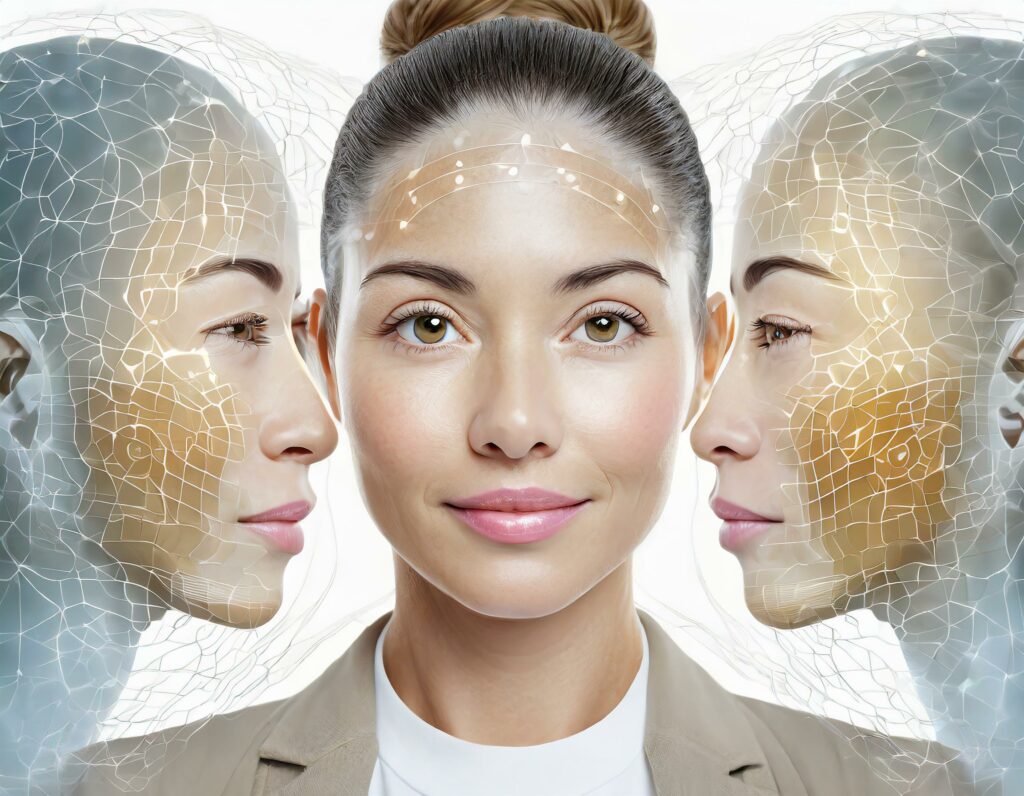
When did deepfakes start?
The term “deepfake” originated in 2017, just at the time when Veridas was founded, referring to a specific kind of synthetic media in which a person’s likeness is superimposed onto another person’s body or into various scenarios, often through the use of deep learning algorithms and artificial intelligence techniques.
However, the technology behind deepfakes has roots that go back further, as the underlying techniques, such as deep learning and neural networks, have been in development for years. The rise of deepfake technology has sparked significant concerns regarding its potential misuse, particularly in spreading misinformation or creating non-consensual pornography.
Deepfake Solution
Summarizing the Impact of Deepfakes
Deepfakes are a significant threat demanding heightened awareness and robust countermeasures, impacting individuals, institutions, and various sectors. The evolving landscape requires continuous innovation and proactive measures to stay ahead.
In Veridas’ digital identity verification process, control over capture and analysis is pivotal. Veridas’ SDKs ensure transparency in capture details, allowing verification of photo authenticity.
Owning the analysis algorithms provides a better position to verify incoming information. Introducing a deepfake in a Veridas process is nearly impossible, requiring advanced hacking on both the front-end and back-end. Veridas is actively developing specific detection algorithms for deepfakes.
The Road Ahead: Anticipating and Mitigating Future Risks
Anticipating and mitigating future risks associated with Deepfake technology is imperative in the continuously evolving landscape. The road ahead necessitates continuous innovation and proactive measures to navigate emerging challenges effectively.
Call to Action: Collaborative Efforts in Fighting Deepfake Scams
A collaborative effort involving industry stakeholders, technology experts, regulatory bodies, and the public is essential in the fight against deepfake scams. This united front is crucial for developing robust countermeasures, fostering a safer digital environment for all.
Balancing Security and User Experienced
In the era of instant gratification, biometrics offer a secure and convenient authentication method. Facial and voice biometrics, being contactless and highly accurate, provide a reliable way to verify identities. As consumers transition away from the burden of passwords, the collaboration between security and customer experience leaders is crucial for making the right strategy and technology choices to ensure both security and user satisfaction.




